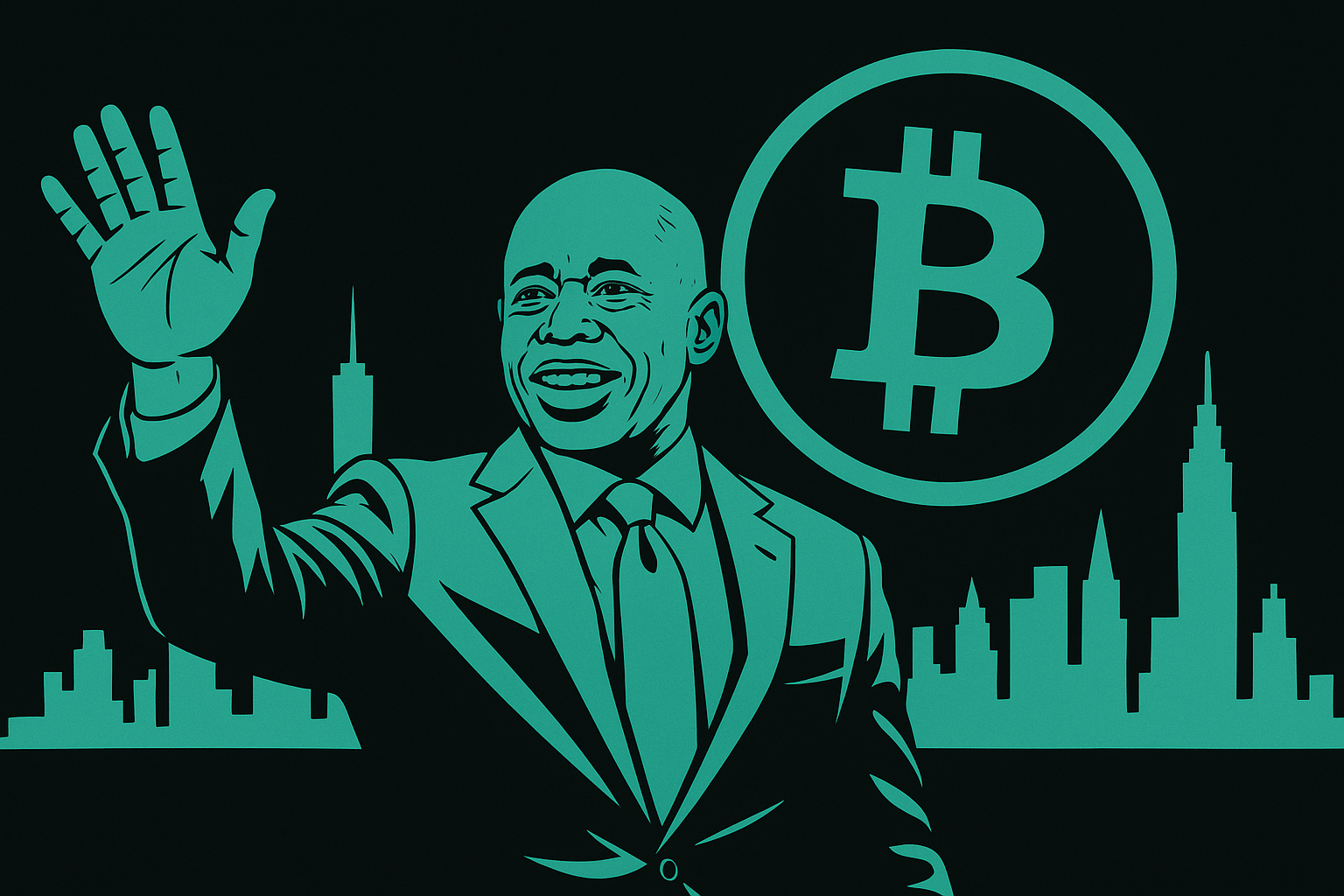ARTICLE AD BOX

Yesterday, Crypto News Flash reported about a surprising turn of events: the U.S. and China agreed to scale back the aggressive tariffs that defined Donald Trump’s trade policy. Under the new agreement, U.S. tariffs will drop from a painful 145% to just 30%, while China slashes its retaliatory rates from 125% to 10%. That kind of de-escalation doesn’t happen every day, and it rippled across global markets instantly, especially in the crypto market.
Among the top-performing digital currencies was Ripple (XRP), which saw a notable jump in value. Now the fourth-largest cryptocurrency by market cap of $ 48 billion, XRP surged following the trade deal and other favorable developments.
After trading at around $2.12 last week, XRP climbed by 21.58% over the past seven days, briefly touching $2.65 before dipping slightly to $2.55. While analysts had expected the rally to be even stronger, predicting a climb to $3, XRP’s performance still defied expectations.
Meanwhile, Ethereum (ETH) surged past $2,300.
Bitcoin (BTC) approached its all-time high of $109,000.
Blockchain analyst Ali Martinez commented on the technicals, noting, “On-chain data shows XRP has no major resistance clusters ahead, while the key support zone to watch sits at $2.38.” That said, the sudden spike did trigger over $35 million in liquidations, according to CoinGlass, a reminder that crypto remains a wild ride.
SEC: Paul Atkins’ Turnover
XRP’s rally isn’t just about market momentum; it also comes at a time of major regulatory changes. After years of legal back-and-forth with the U.S. Securities and Exchange Commission (SEC), Ripple finally reached a settlement, as reported by Crypto News Flash. The SEC agreed to reduce the originally proposed $125 million penalty to $50 million.
This coincides with a leadership shake-up at the SEC. Paul Atkins, a former SEC Commissioner during President George W. Bush’s administration, was sworn in as the 34th Chair of the SEC, replacing Gary Gensler, whose tenure was criticized for being unfriendly to crypto innovation.
During Monday’s roundtable “Tokenization: Moving Assets Onchain,” he laid out his plan to focus on three key areas: Issuance, which involves the creation and distribution of digital tokens, custody, referring to the secure storage and protection of crypto assets, and trading. His message was clear: “We’re aiming for rational regulation that keeps innovation on U.S. soil and keeps scammers out.”
Perhaps the most eye-catching part of his remarks? He floated the idea of exemptive relief, regulatory flexibility for projects that don’t fit perfectly into old frameworks but are clearly trying to do things the right way. That could be a game-changer for blockchain startups and might finally give XRP some breathing room.
.png)
 2 hours ago
1
2 hours ago
1








 English (US)
English (US)